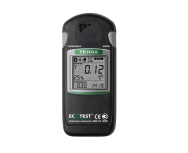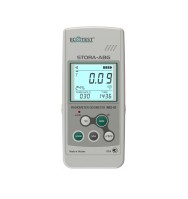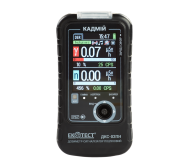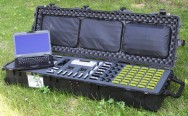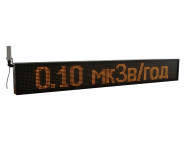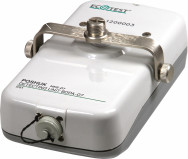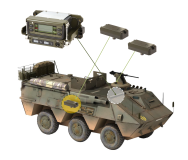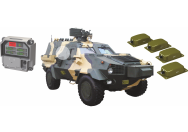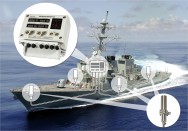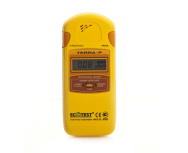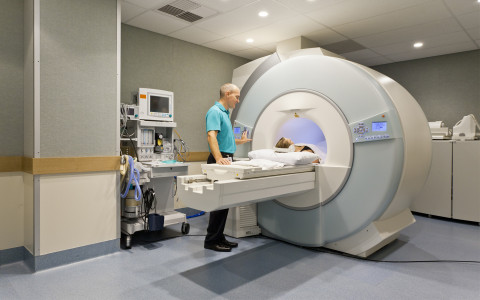
Radiation is a form of emission that changes the state of nuclei and atoms, transforming them into electrically charged ions and products of nuclear reaction. Different forms of radiation have different penetration ability, therefore they unequally affect our organism.
Alpha radiation is a stream of positively charged particles (nuclei of helium atoms), which move at the speed of about 20 000 km/sec. Alpha radiation is absorbed by a sheet of paper and it hardly penetrates the human’s skin. But it is dangerous when particles get into the body through food, air or wounds. The range of alpha particles in the air is 11 cm, and in soft tissues – a few microns.
Beta radiation is a stream of negatively charged particles (electrons) with the speed close to the speed of light. Beta radiation can penetrate the human’s skin at the depth of 1-2 centimeters, but everyday clothes are already an enough protection. Beta particles have different energy so their range in the air is not the same varying from a few meters to a centimeter.
Gamma radiation is a short-wave electromagnetic emission. Its properties are rather similar to those of X-rays, but it has far higher speed and energy, spreading with the speed of light. Gamma radiation has great penetration ability but can be weakened by walls of buildings and metal constructions.

